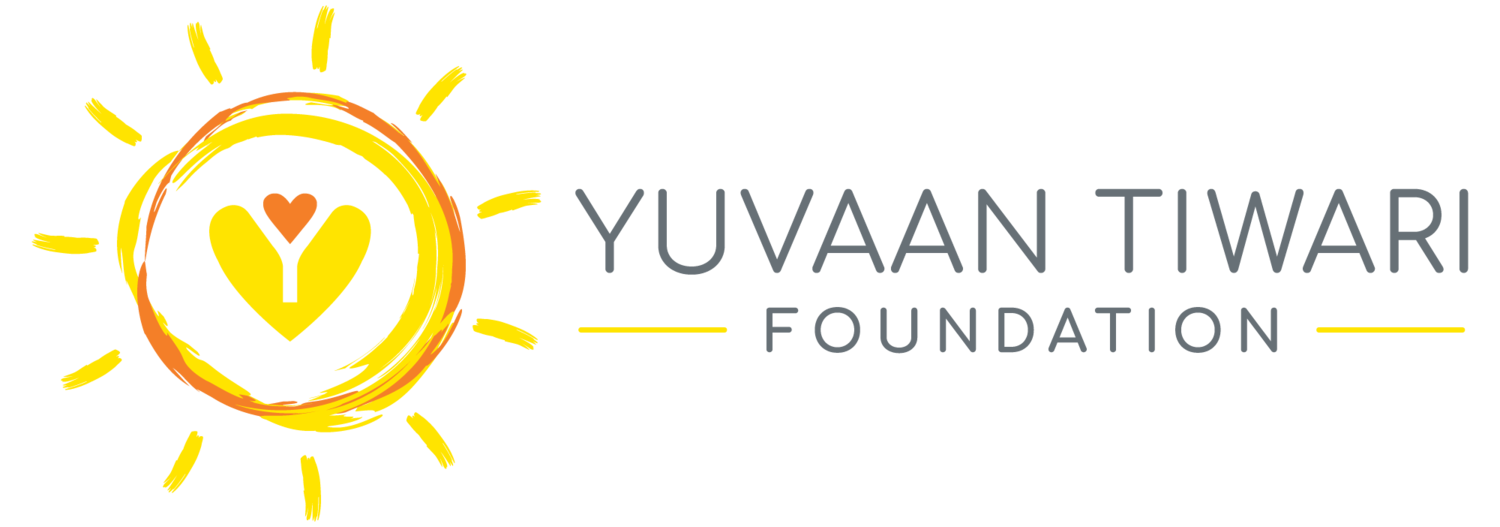
DMG is the Deadliest Type of Pediatric Brain Tumor.
DISMAL PROGNOSIS
Diffuse midline glioma (DMG) is a universally fatal pediatric brain tumor, striking 200-400 children in the United States each year. These grade 4 tumors are extremely aggressive and fast-growing, with median overall survival of eight to eleven months from the time of diagnosis. Most patients diagnosed with DMG or the subtype diffuse intrinsic pontine glioma (DIPG) are children, with peak incidence at ages five to nine, but the tumors can occur at any age. There is no cure for DMG and the protocols for treatment have remained unchanged for the last 60 years.
INFILTRATIVE TUMOR
Gliomas are tumors that arise from glial cells, the cells that protect and support the neurons in the brain. Diffuse means that the tumor is not well-contained: it grows out into other tissue so that cancer cells mix with healthy cells, making DMG very hard to treat. These tumors arise in the midline structures of the brain such as the thalamus, pons and cerebellum, as well as spinal cord. DMGs may also have a specific H3 K27M mutation and are most frequently observed in the pediatric population.
SYMPTOMS AND TREATMENT
DMGs grow very quickly with symptoms developing rapidly over the course of days or weeks. The most common symptoms include nausea and vomiting, headaches, facial weakness or asymmetry, and arm and leg weakness. Patients also typically have problems with walking, coordination, vision, speech and swallowing.
Brain cancer markers are not present in the blood due to the tight blood-brain barrier so detection of DMG is only achievable through an MRI. Typically, children only get an MRI if there is severe cause for neurologic concern such as seizures, coordination and mobility issues or recurring headaches. With DMG, this means the cancer has likely already started to spread and symptoms will continue to deteriorate quickly.
The last few months of the patient's life are excruciatingly difficult as the tumor progresses and interferes with breathing and regulation of heartbeat, which ultimately results in death.
Brain tumors overall are extremely difficult to treat due to their hard-to-access location and because the blood-brain barrier prevents most drugs from reaching their targets. Additionally, because DMGs are located near parts of the brain that control vital functions, they cannot be surgically removed. Treatment should be started as quickly as possible to control tumor growth. The current standard of care includes radiation therapy, chemotherapy and/or clinical trials. These treatments may result in a transient tumor response but they do not significantly impact the long-term outcome.
Whole-brain or proton radiation therapy is typically administered as a first-line treatment over a 6-week period. Although 75-85% of patients show some improvement in their symptoms after radiation therapy, DMGs almost always begin to grow again (called recurrence or progression). Sometimes, chemotherapy may be prescribed during or after radiation. For families who are open to participating in a clinical trial, there are several experimental drugs available but the patient must meet specific qualification criteria for each study.
For most patients, the cause of DMG is unknown, and currently there is no evidence that DMG is caused by any environmental factor or specific inherited genetic variations.




